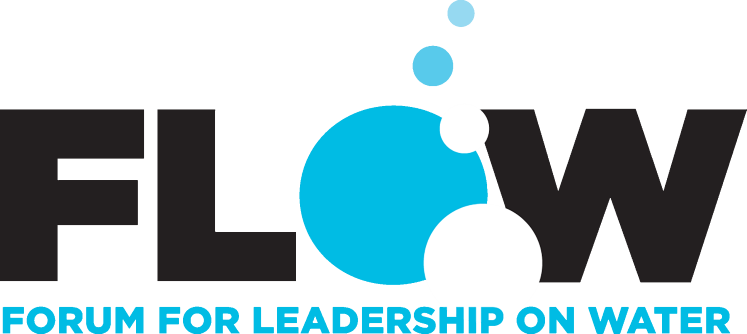Water Infrastructure in a Green Recovery
Richard Farthing - Nichol, Brenda Lucas | June, 2020
DO tHIS
The race is on to influence infrastructure stimulus spending. The federal government has sent strong signals that post-COVID recovery efforts will focus on green initiatives, which has spurred a flurry of proposals, lobbying efforts, and op-eds to shape the details of the recovery package.
A key theme is the need for long-term thinking. The rush to identify shovel-ready projects must not undermine the bigger opportunity to drive a clean and competitive economy. Amidst the urgency, it is worthwhile to take a step back and clearly think about where Canada needs to be in ten, twenty, thirty years. Which infrastructure investments that we make today will allow us to meet the future challenges of a climate-impacted world? Which infrastructure investments will not only allow us to capably meet future challenges, but also situate Canada as a world leader in innovation, sustainability, and resilience?
These questions are paramount in the water sector. A significant proportion of Canada’s wastewater and drinking water infrastructure is in relatively poor condition and in need of repair. Federal stimulus is much needed, but it must do more than simply replace aging assets. Rather, as FLOW proposed in 2017, investment in water infrastructure should be used to scale up sustainable solutions to urban water management, ensure water infrastructure will be safe and effective in a changing climate, and position Canada as a global innovation leader in the clean water technology and services sector. We must prioritize upgrading our critical water assets. But we must also “build back better”. Below, we provide four recommendations that should guide federal stimulus investments in water infrastructure.
First, funding should be provided to municipalities to help them get the most out of their existing assets. This means supporting effective performance-based asset management planning (AMP), as well as programs for optimization and efficiency. This support is particularly important for small communities who often lack the capacity to undertake asset management mapping and planning on their own. The federal government is already providing support through the Federation of Canadian Municipalities’ Municipal Asset Management Program, which recently received additional investment. A new FCM program should be developed, available to municipalities that have created an AMP, to fund the planning and implementation of optimization projects and water and energy efficiency upgrades (including conservation and inflow/infiltration reduction and minimizing sewage bypass events).
Second, funding programs that help municipalities implement innovative and non-traditional approaches to upgrading and repairing water infrastructure should be renewed. Such approaches include investments in living green infrastructure; technologies such as hardware and software to support maintenance management; monitoring and automation (“smart” systems); and pretreatment or enhancements to allow resource recovery. For example, several small- to medium-sized municipalities in Ontario are pursuing upgrades to their wastewater treatment plants that will allow co-digestion of other organics for renewable natural gas production. The federal Low Carbon Economy Fund and FCM’s Municipalities for Climate Innovation Program were among the few programs available to support these projects. Re-investing in these programs (and possibly reducing the municipal share of projects) would be a quick win. This support will help municipalities save money by investing in projects that advance cost-effective and sustainable approaches and technologies before they consider new or expanded infrastructure.
Third, capital infrastructure projects should be assessed against criteria that prioritize and promote sustainability, resilience, and innovation. This includes requiring municipalities to have a performance-based asset management plan in place; establishing targets for and tracking of key performance indicators including energy use, greenhouse gas emissions, and combined sewer overflow events; and demonstrating that projects would withstand and be efficient under future climate conditions.
For all this to work, there must be a longer time horizon for any capital projects. Let’s invest in people, planning, and optimization as short-term stimulus, which will guide the right capital projects in the medium- to long-term. This would enable our fourth recommendation: modernize wastewater regulations to ensure that new wastewater infrastructure meets more stringent requirements across a range of indicators. These regulatory changes should be undertaken in collaboration with the provinces and territories, and should set targets for nutrient recovery, water reuse, and minimization of energy consumption. New targets would bring Canada in line with shifting global standards and situate the country to assume a leadership role in wastewater technology and expertise.
The federal government has already taken the critical step of requiring companies seeking loans to disclose their climate action plans and sustainability goals. Its recovery efforts must deliberately support municipalities to build long-term sustainability, innovation, and resilience in Canada’s water infrastructure sector. It can be difficult during a crisis to balance the urgent need for short-term intervention with long-term goals, but that is exactly what we need to do as we build back Canada’s economy. Anything less is a tremendous missed opportunity.
Richard Farthing-Nichol is a project manager at the Centre for Indigenous Environmental Resources.

